About Bandhavgarh National Park
Bandhavgarh national park is one of the famed tiger abodes of India, sheltering more than 75 tigers. Spread across sprawling forested area of 1156 sq. km., Bandhavgarh National Park is known to have one of the highest density of tigers in the world. Bandhavgarh National park is located in the Umaria district of Madhya Pradesh, in Central India.
It is surrounded by the undulating Vindhya hills that are spread over thirty-two rolling hills, untamed grasslands and thriving, sylvan meadows.
The park has twelve natural waterholes, several manmade water holes, many historical monuments, and the remains of ancient caves that are witnesses to the two thousand years of history. With the tiger at the apex of the food chain, Bandhavgarh supports 37 species of mammals, more than 250 species of birds, over 70 species of butterflies, and a large number of reptiles and amphibians.
The mixed deciduous forests of Bandhavgarh with thriving bamboo and saal vegetation, is a paradise for big cat lovers, wildlife photographers and filmmakers alike.
The mammals of Bandhavgarh include Tigers, Leopards, Sloth bears, Jungle cats, Spotted deers, Sambhar deers, Nilgais, Chinkara / Indian Antelopes, Chausingha/ Four-Horned Antelope, Indian Bison (Gaur), Langurs, Wild Boars, Porcupines, Ruddy and Indian Grey Mongoose, Palm Civets, Rusty-Spotted Cat, Jungle Cats and many more. In more recent years big herds of Asian Elephants that have migrated into this bountiful land.
Among the 250 species of birds flourishing in Bandhavgarh, some include Asian Paradise Flycatcher, Black Naped Monarch, Common Rosefinch, Brown Fish Owl, Parakeets like the Plum Headed, Rose Ringed, Alexandrine Parakeets etc.
The three Core zones of Bandhavgarh National Park are Tala, Magadhi, and Khitauli with an area of 716 sq. km. The remaining 820 sq. km. are part of the three Buffer zones of Bandhavgarh - Dhamokhar, Johila (Kalwa), and Panpatha (Pachpedi).

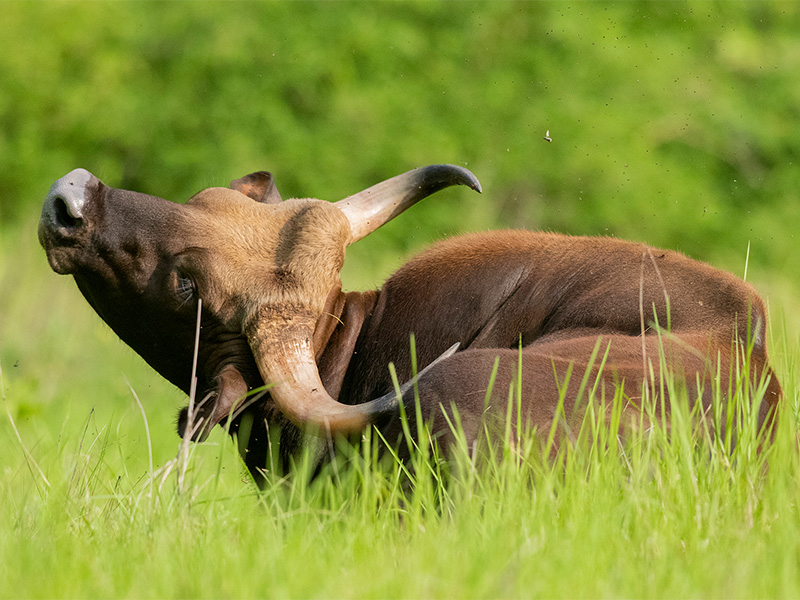
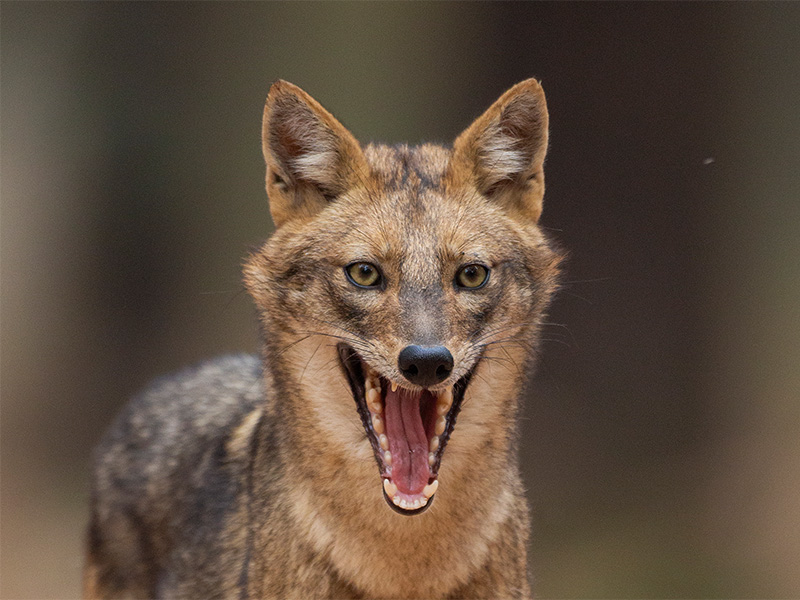

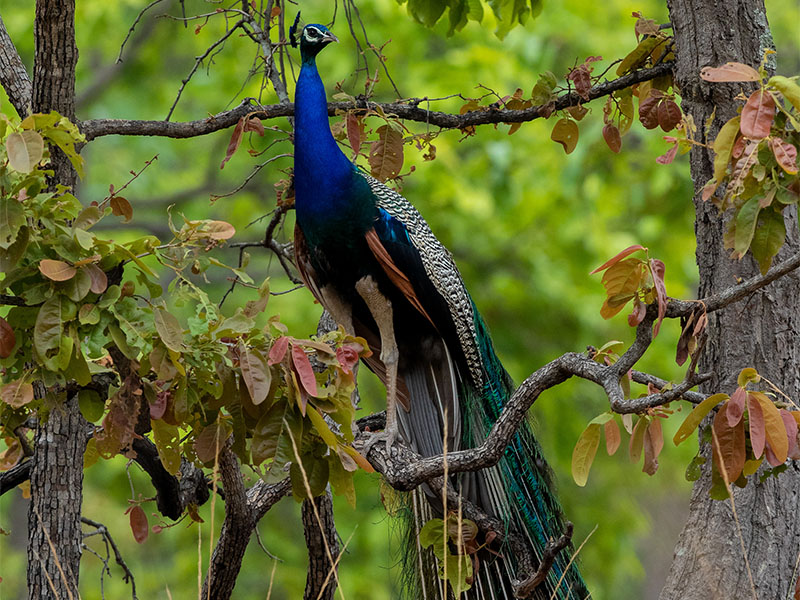
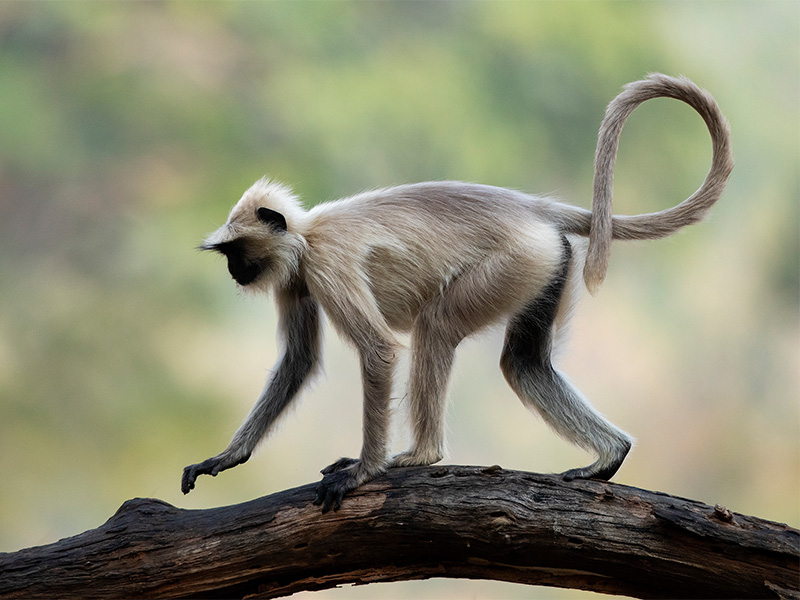
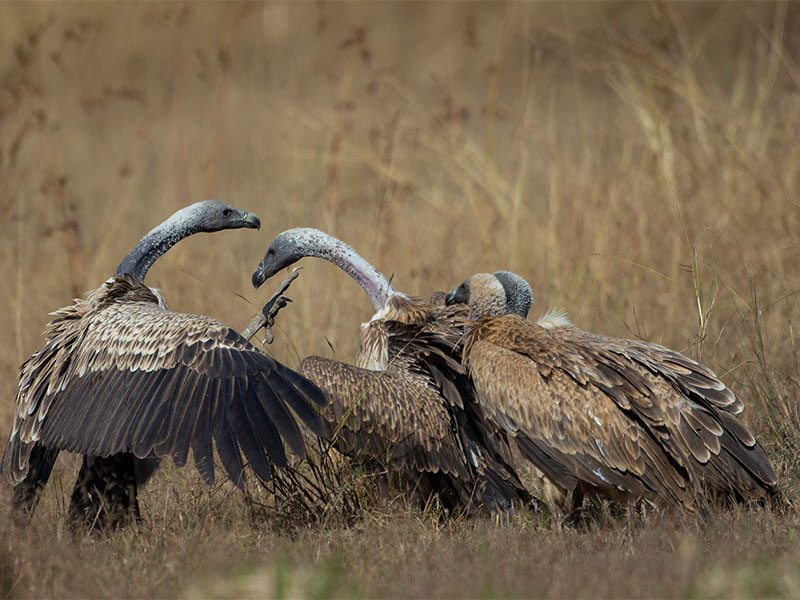
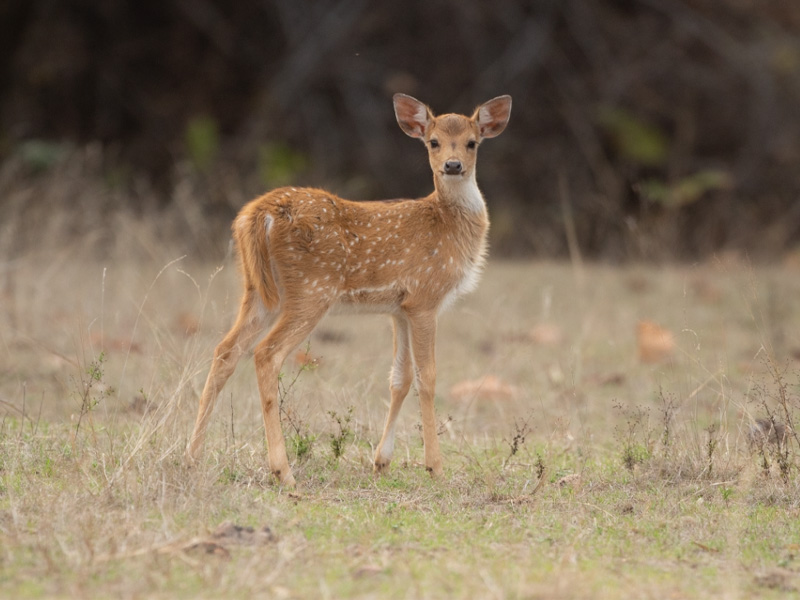

History of Bandhavgarh
Bandhavgarh celebrates not just a diverse population of flora and fauna, but a rich historical past. Bandhavgarh translates to ‘brother’s fort’. According to mythological evidence, it is believed Lord Rama gifted the fort to his beloved, devoted brother (bandhav), Laxmana upon defeating Ravana and their return from Lanka. Bandhavgarh National Park has been named after the legendary Bandhavgarh fort that is situated on a hillock of the Vindhya range, in Umaria.
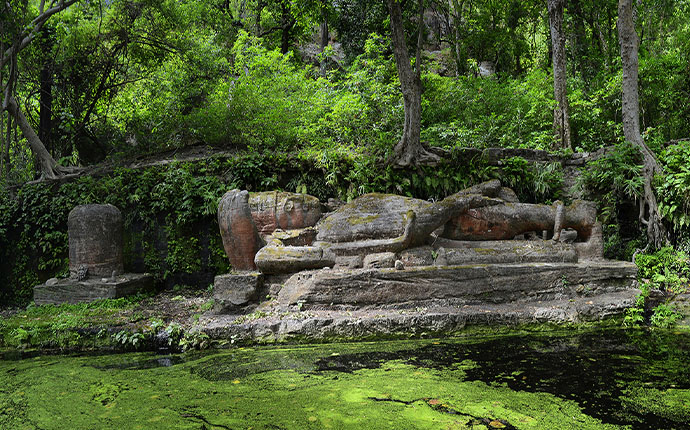
The national park used to be the former Shikragarh or game preserve for the Maharajas of Rewa and their guests. White tigers, now found captive across the world and a major attraction in zoos and otherwise, are all descendants of Mohan, a White Tiger cub found in Bandhavgarh. The cub was caught by Maharaja Martand Singh of Rewa in 1951, on one of his hunting expeditions.
The unrestricted hunting, and absence of any regulations eventually started impacting the wildlife of the Bandhavgarh forests severely. This led Maharaja Martand Singh to be one of the forces who were instrumental in helping declare Bandhavgarh, a National Park in 1968. It was declared a Tiger Reserve in 1972, under the Project Tiger and Wildlife Protection Act.
Bandhavgarh National Park
⦁ Bandhavgarh National Park is open around the year. The core zones – Tala, Magdhai and Khitauli are open from 1st October to 30th June. October to March offers the best weather with sunny days and very few days of rain. April to June gets hot but is excellent for sightings with tigers staying close to water bodies. Buffer zones of Bandhavgarh National Park remain open in monsoons also for safari.
⦁ The safaris must be booked much in advance to avail multiple safaris and to avoid the rush, in this charming land. Safaris can be booked online on the forest department website; or our reservation team can help book the same. Bandhavgarh offers morning, evening and night safaris in addition to full-day safaris which allow a visitor to stay inside the park from sunrise to sunset. Night safari is only offered in the buffer zone of Bandhavgarh.
⦁ Bandhavgarh national park is amongst the best places to see Tigers in the wild. It’s a paradise for big cat lovers, photographers, and wildlife filmmakers. Bandhavgarh is an abode of wild elephants, sloth bears, spotted deer, sambhar, barking deer, Indian gaur, jackal, wild boar, langur, and macaques. On record, Bandhavgarh fosters 37 species of mammals, 80 species of butterflies, and more than 250 species of birds
⦁ Khitauli, Magdhi, and Tala are the core zones of Bandhavgarh and all are equally good. In recent years buffer zones of Bandhavgarh have also developed well and offer consistent sightings of Tiger and other wildlife.
